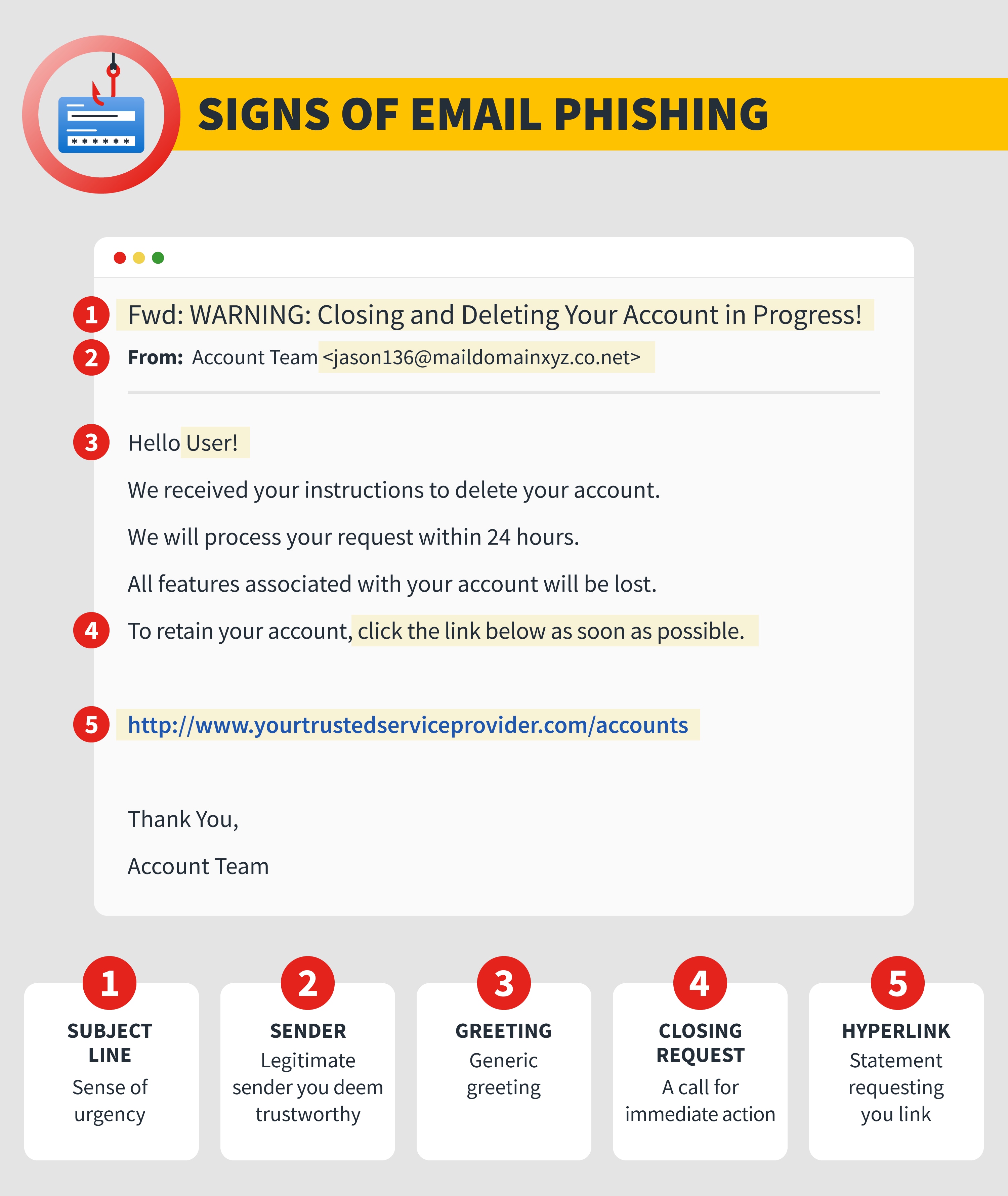
What is phishing? How to recognize and avoid phishing scams
Phishing is a type of cyber attack done with the intention to steal sensitive information like bank account details, passwords, and other personal information.
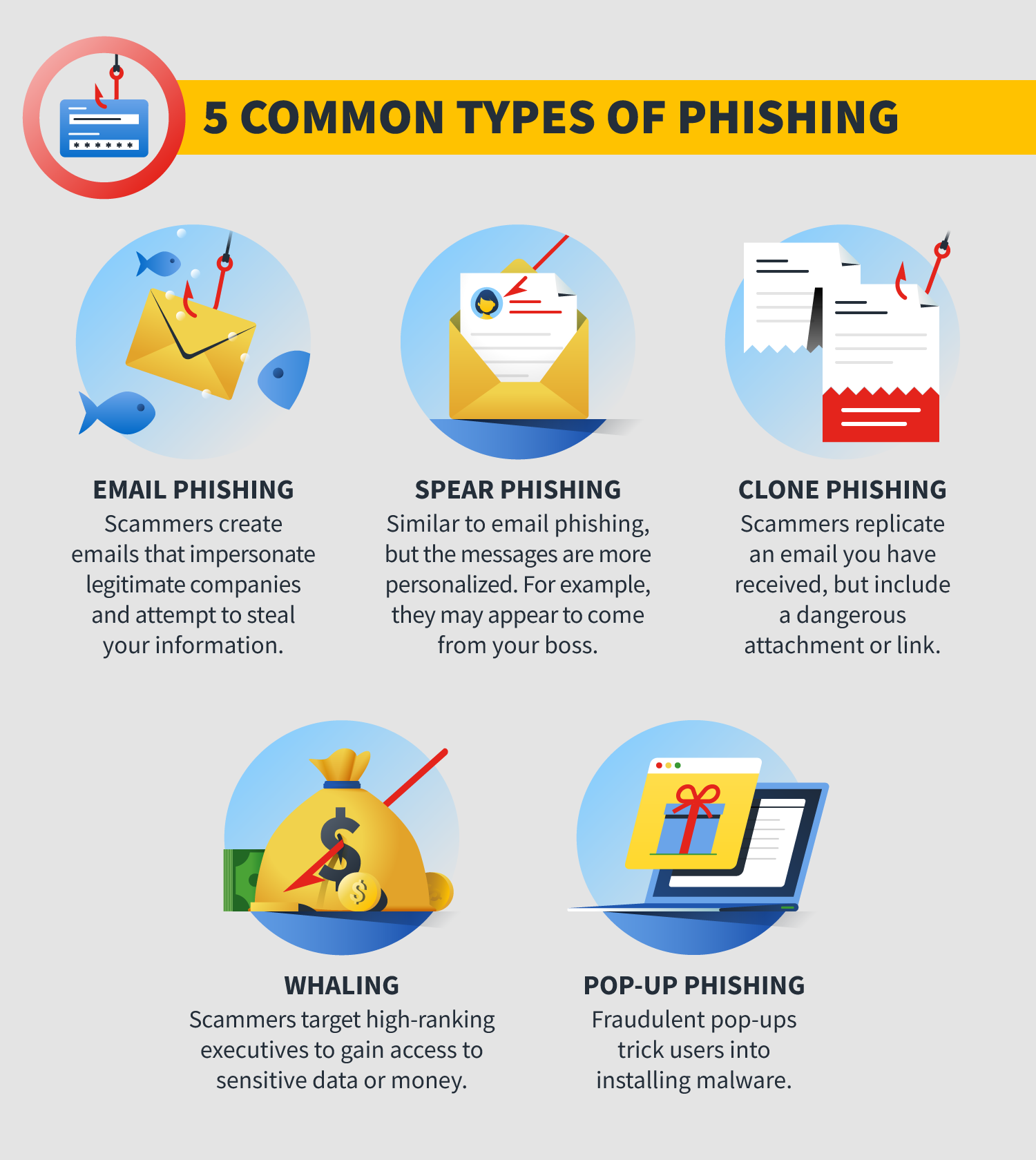
How To Check For Email Scams Impacthello
Email phishing. The most common form of phishing, this type of attack uses tactics like phony hyperlinks to lure email recipients into sharing their personal information. Attackers often masquerade as a large account provider like Microsoft or Google, or even a coworker. Malware phishing. Another prevalent phishing approach, this type of attack.
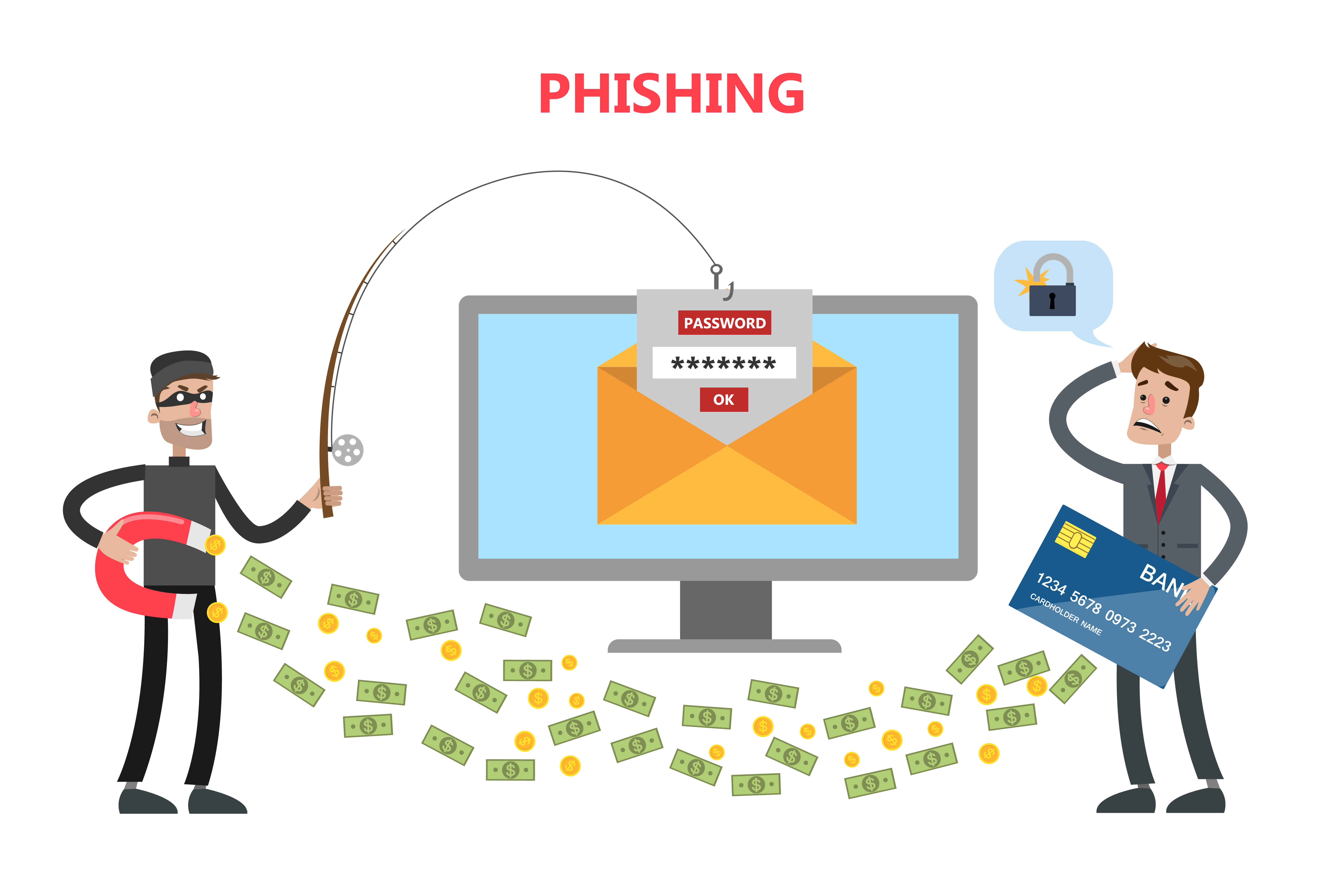
Things to know about Phishing attacks DEV Community
A phishing email is an email that appears legitimate but is actually an attempt to get your personal information or steal your money. Here are some ways to deal with phishing and spoofing scams in Outlook.com. Spoof Intelligence from Microsoft 365 Advanced Threat Protection and Exchange Online Protection help prevent phishing messages from.

How to Know if an Email is a Phishing Scam or Not LuxSci
Phishing is a cyberthreat hackers use to trick individuals into revealing sensitive information, such as passwords and personally identifiable information. In this guide, we'll shed light on how phishing works, how you can spot an attack, and how security software like Norton 360 Deluxe can help defend against phishing attacks by protecting.
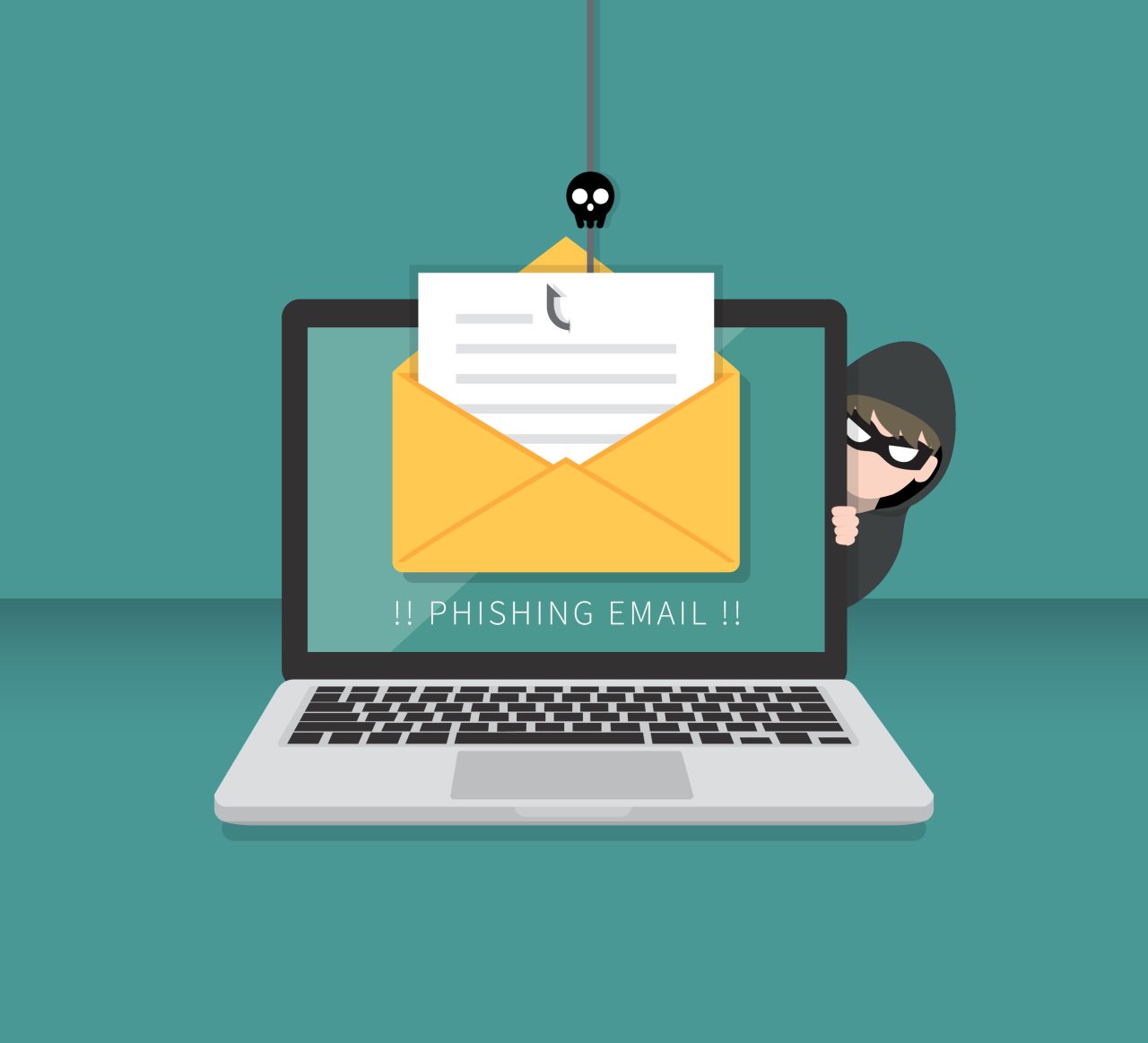
Phishing Email Examples How to Spot a Scam Intersys Blog
IR-2024-05, Jan. 9, 2024 — The Internal Revenue Service and the Security Summit partners today alerted tax professionals to watch out for a new round of filing season-related email schemes where cybercriminals pose as potential clients.

Don’t Get Hooked! 7 Signs of a Phishing Email
Phishing puts individuals, companies, educational institutions and others at risk due to the possibility of allowing the bad guys to gain access to financial information, personal data, proprietary company information, health information, student data and much more.

Phishing Email Examples To Help You Identify Phishing Images
Protect yourself from phishing. Phishing (pronounced: fishing) is an attack that attempts to steal your money, or your identity, by getting you to reveal personal information -- such as credit card numbers, bank information, or passwords -- on websites that pretend to be legitimate. Cybercriminals typically pretend to be reputable companies.

What is phishing? How to recognize and report phishing emails? ioSENTRIX
Phishing Scams and How to Spot Them. Phishing is a type of online scam that targets consumers by sending them an e-mail that appears to be from a well-known source - an internet service provider, a bank, or a mortgage company, for example. It asks the consumer to provide personal identifying information. Then a scammer uses the information to.
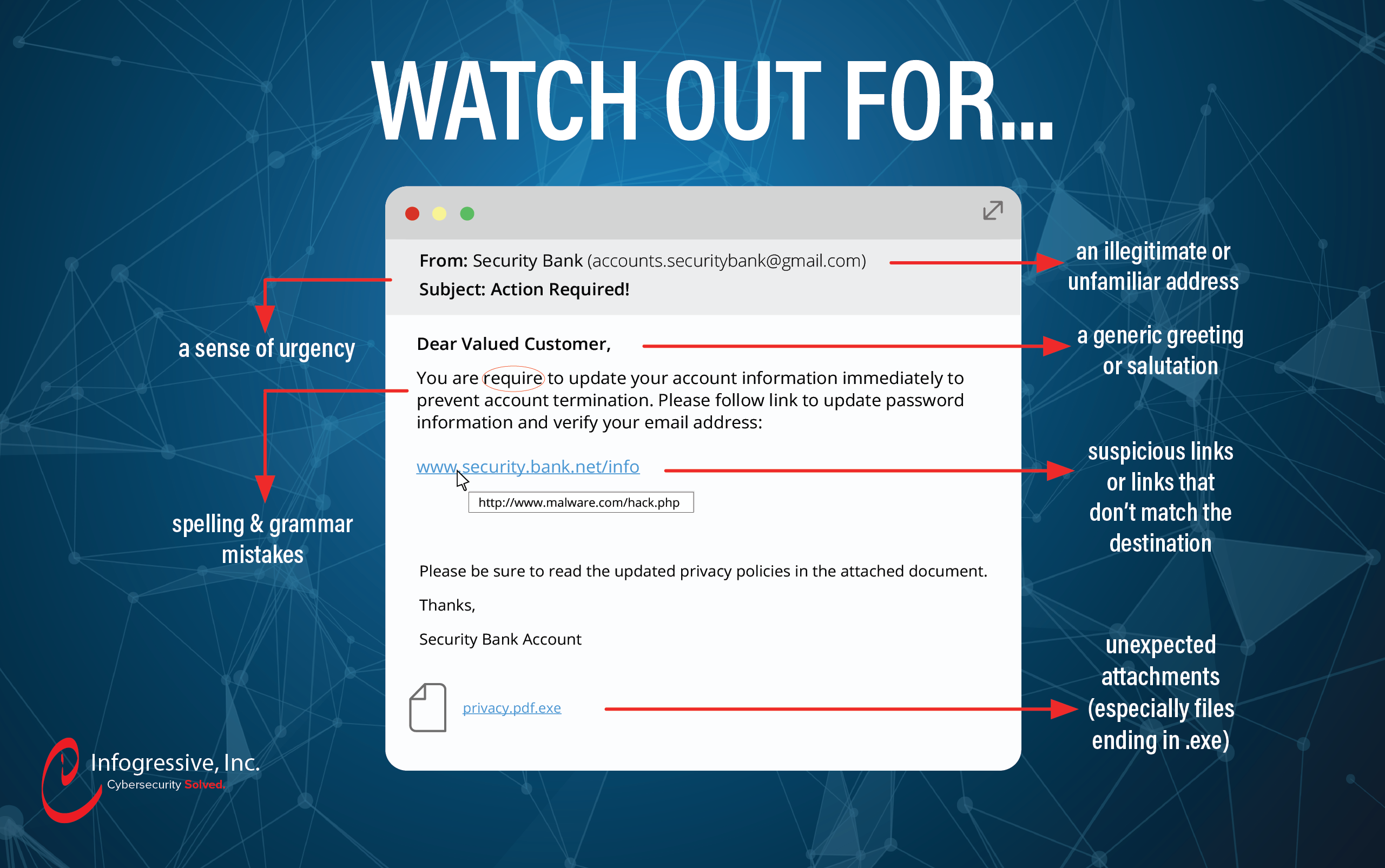
Analysis of a DocuSign Phishing Email
Phishing email example: Instagram two-factor authentication scam. Two-factor authentication, or 2FA, is one of the best ways to protect your personal or financial information. When you log onto a site — say your online bank or credit card provider — you'll have to provide your username and password as usual.

How to Avoid Email Phishing, Vishing, and Other Scams SDDS Web Design
HTTPS phishing prevention tip: Always look closely at the URL of a site before logging in. 3. Email phishing. One of the most common phishing attacks is email phishing. Email phishing is when a cyberattacker sends you an email pretending to be someone else in hopes that you'll reply with the information they requested.

Hoe kun je nepmails en phishing herkennen? Antagonist
The information you give helps fight scammers. If you got a phishing email, forward it to the Anti-Phishing Working Group at [email protected]. (link sends email) . If you got a phishing text message, forward it to SPAM (7726). Report the phishing attempt to the FTC at ReportFraud.ftc.gov.

How To Identify Phishing Emails
In today's digitalized era, the world wide web services are a vital aspect of each individual's daily life and are accessible to the users via uniform resource locators (URLs). Cybercriminals constantly adapt to new security technologies and use URLs to exploit vulnerabilities for illicit benefits such as stealing users' personal and sensitive data, which can lead to financial loss.
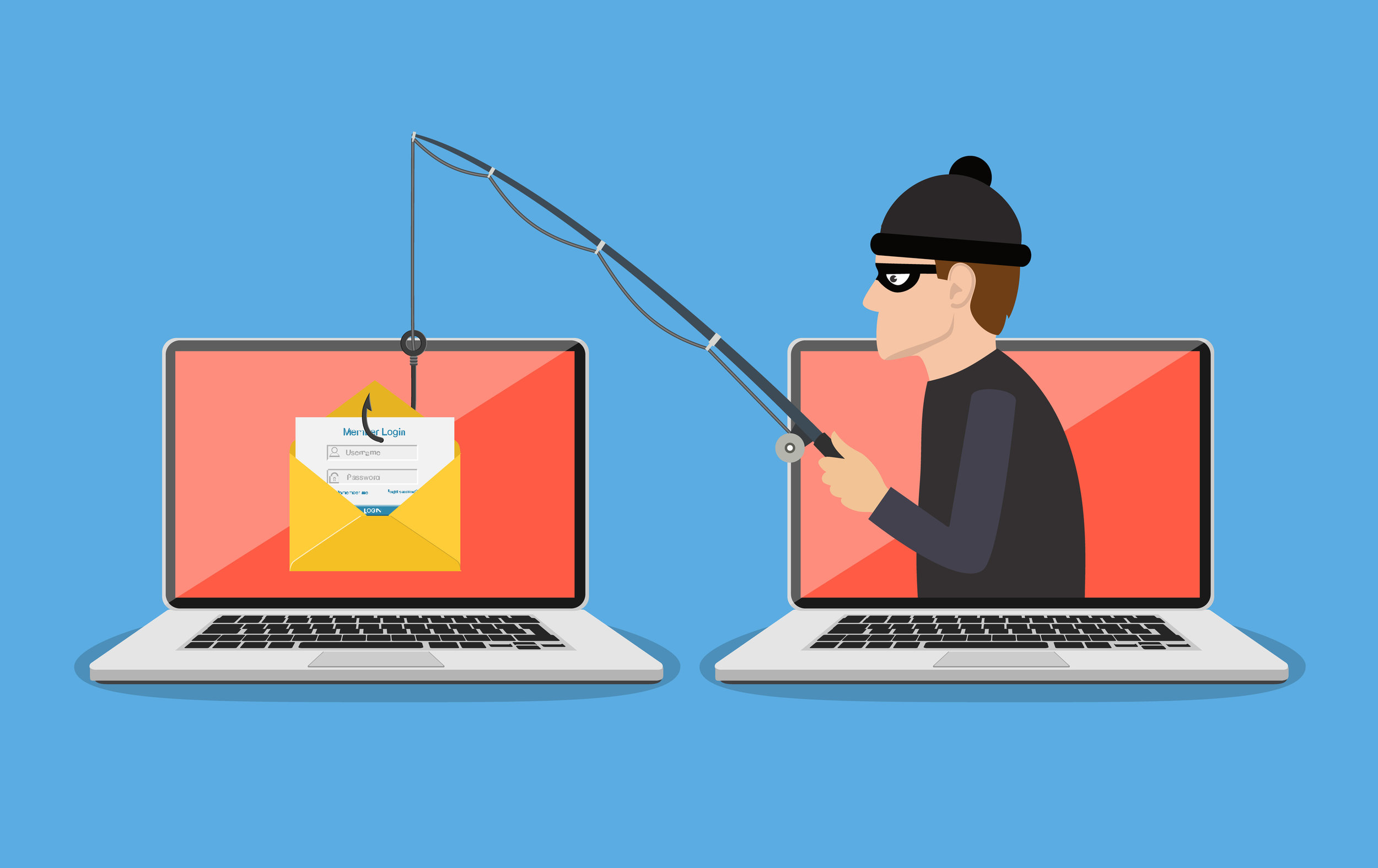
Dangerous Phishing Scams You Need to Watch Out for This Fall
4. Legit companies know how to spell. Possibly the easiest way to recognize a scammy email is bad grammar. An email from a legitimate organization should be well written. Little known fact - there's actually a purpose behind bad syntax. Hackers generally aren't stupid.
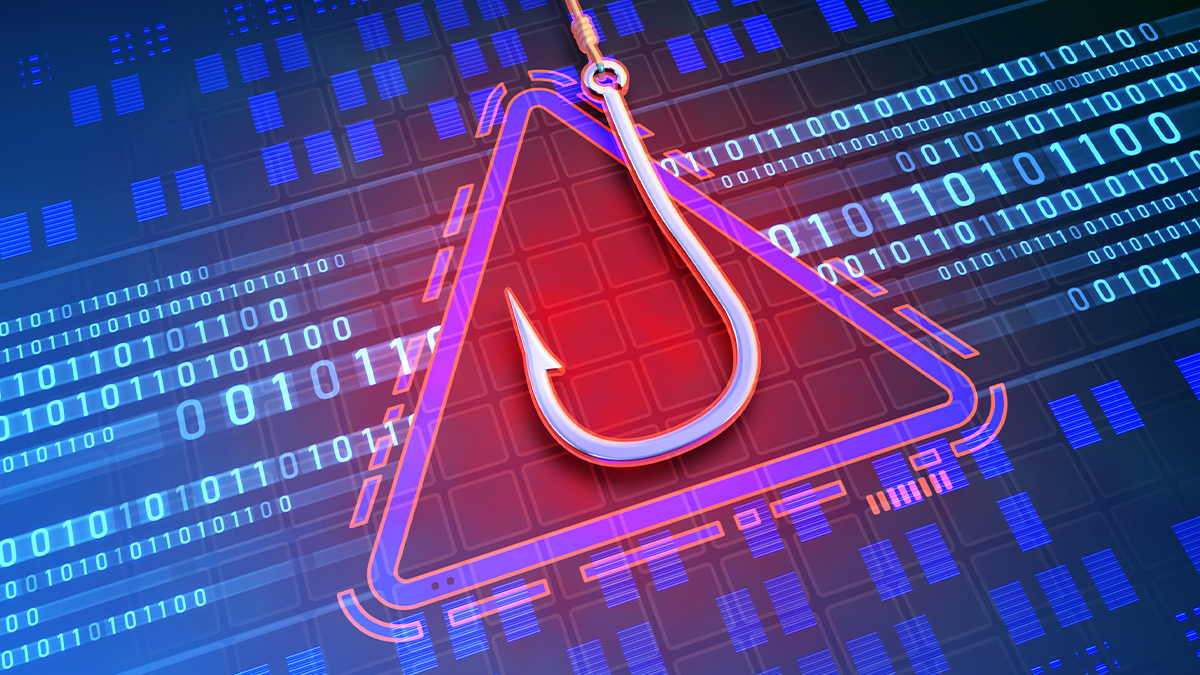
Machine learning technique detects phishing sites based on markup
Types Email phishing. Phishing attacks, often delivered via email spam, attempt to trick individuals into giving away sensitive information or login credentials.Most attacks are "bulk attacks" that are not targeted and are instead sent in bulk to a wide audience. The goal of the attacker can vary, with common targets including financial institutions, email and cloud productivity providers, and.
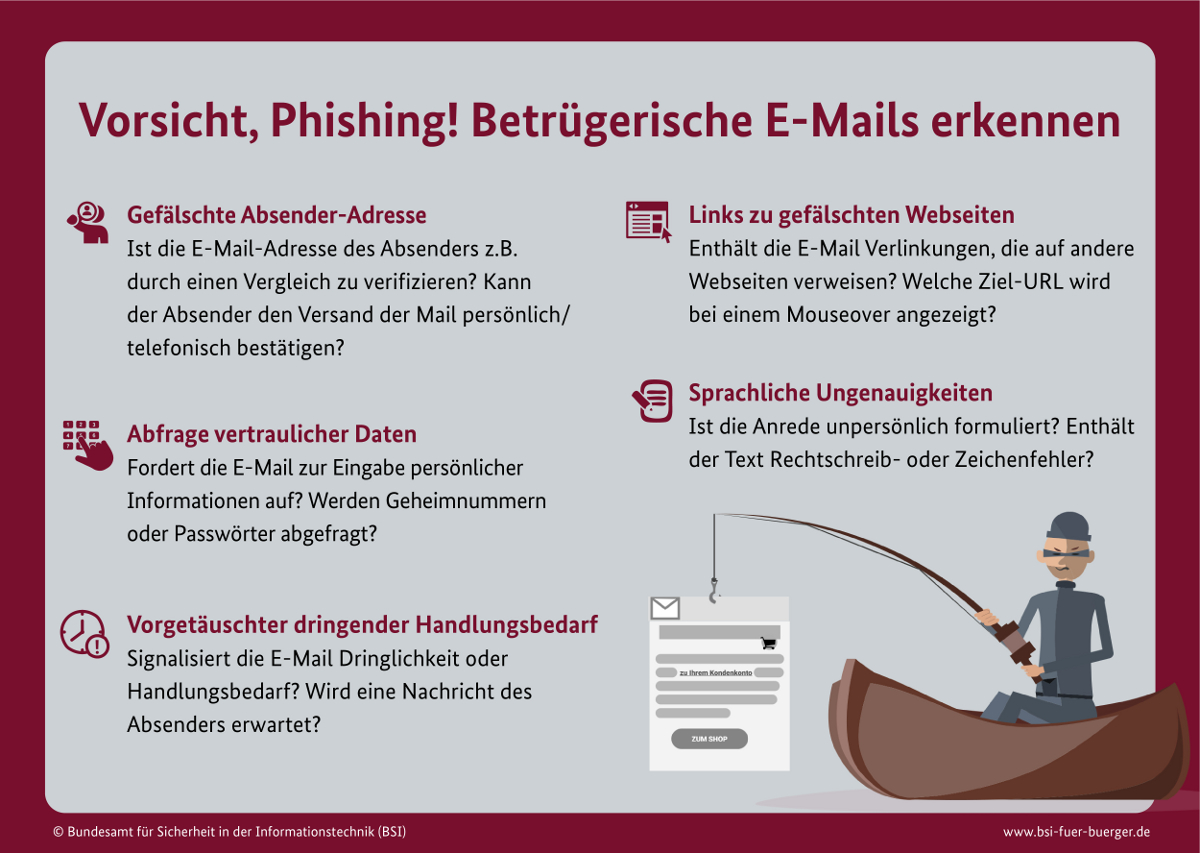
BSI How Can I Recognise Phishing in Emails and on Websites?
Phishing is a cybercrime in which a target or targets are contacted by email, telephone or text message by someone posing as a legitimate institution to lure individuals into providing sensitive data such as personally identifiable information, banking and credit card details, and passwords. The information is then used to access important.
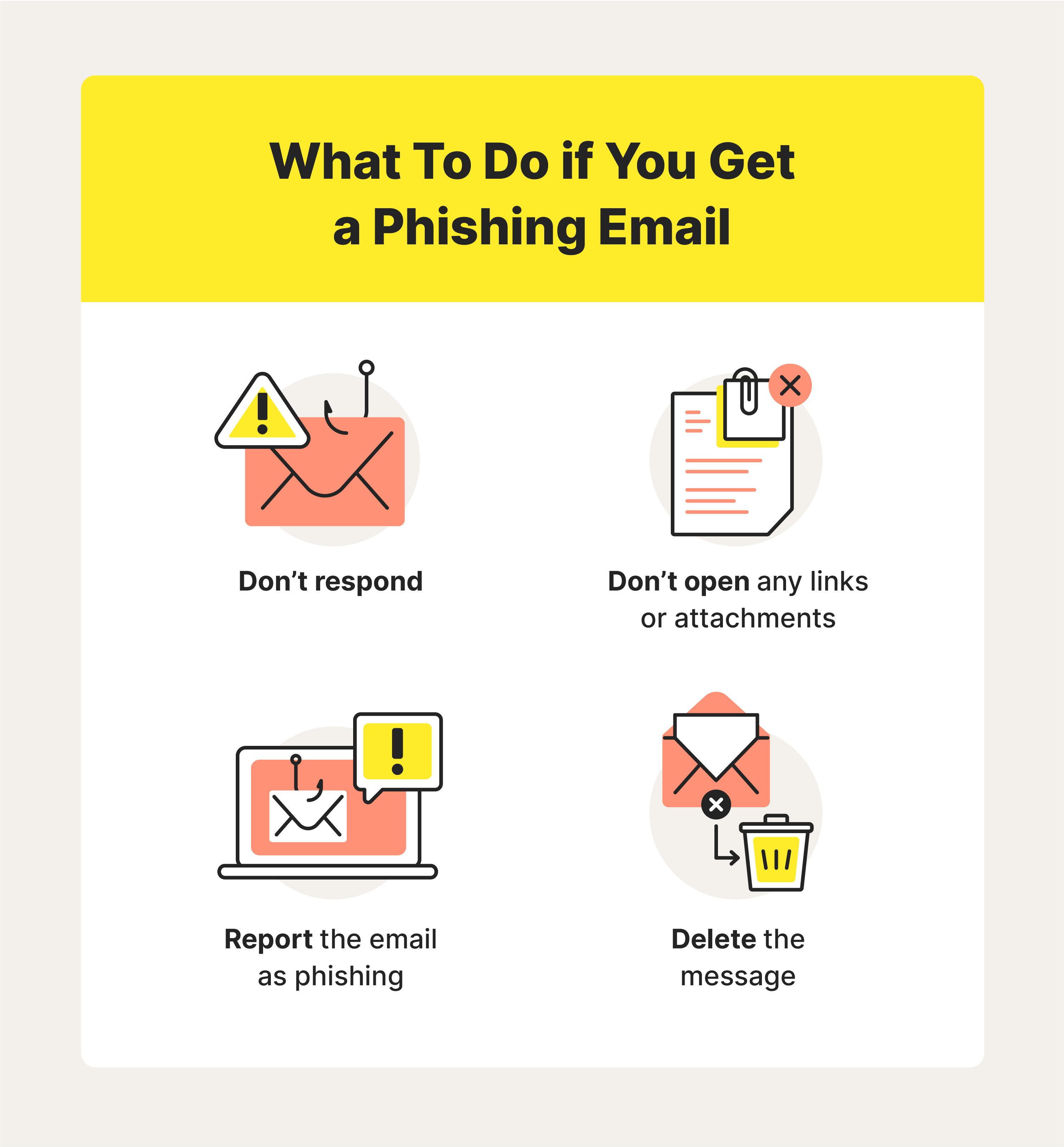
How to protect against phishing 18 tips for spotting a scam
Saved searches Use saved searches to filter your results more quickly